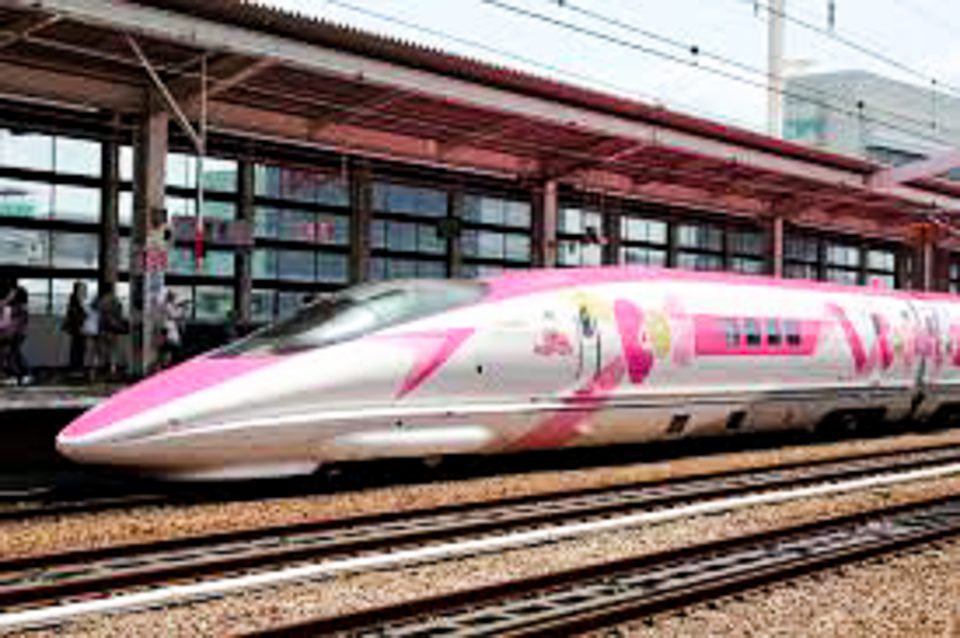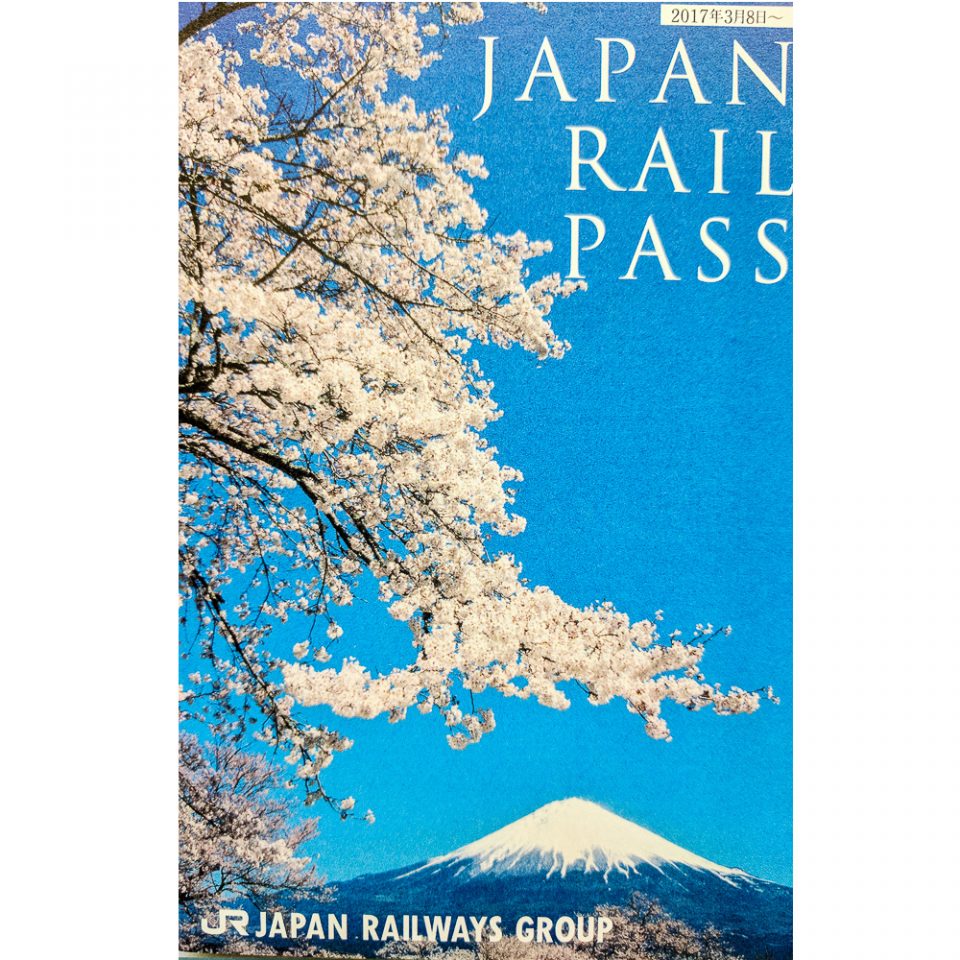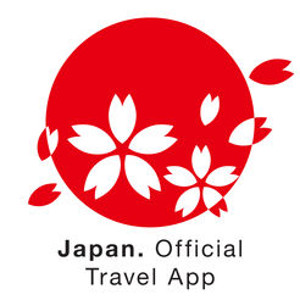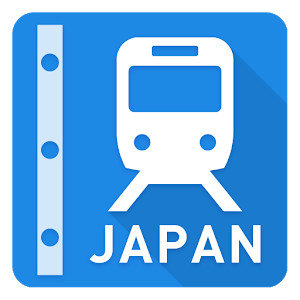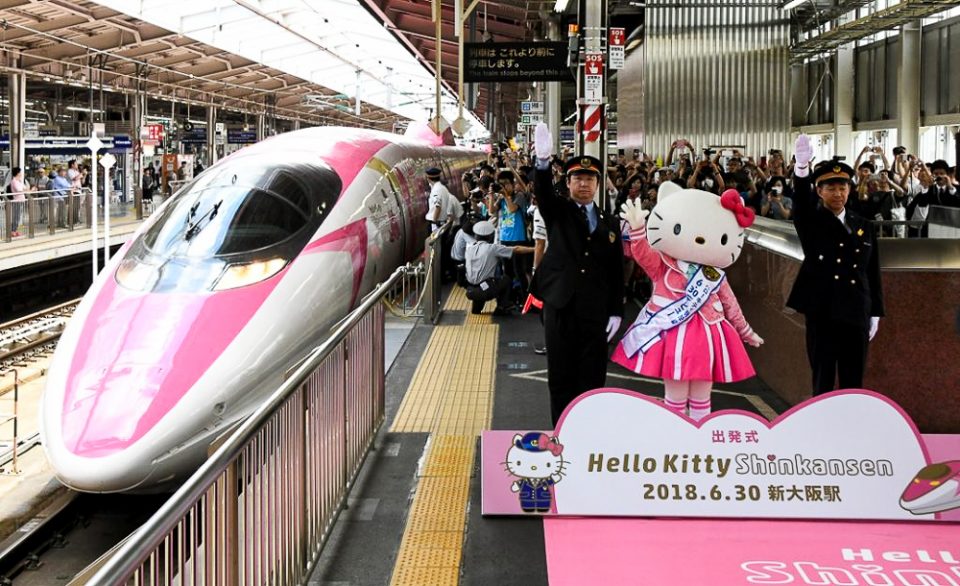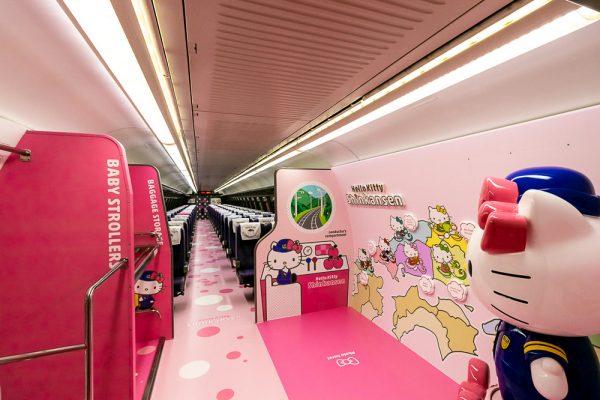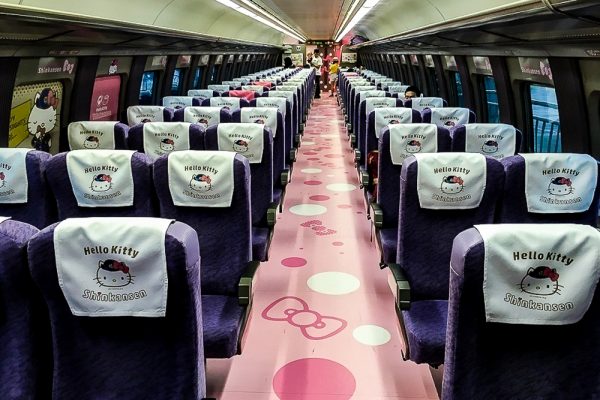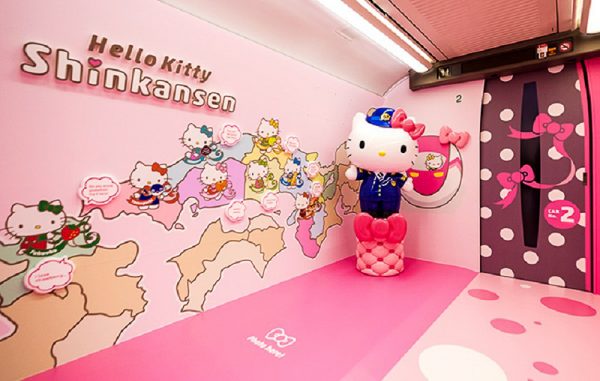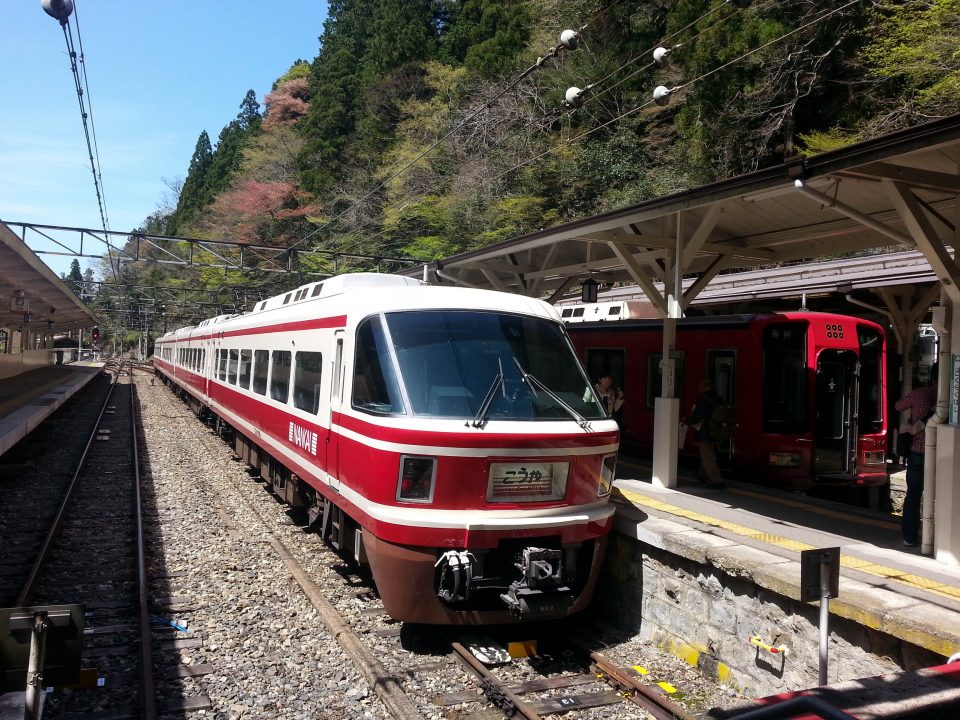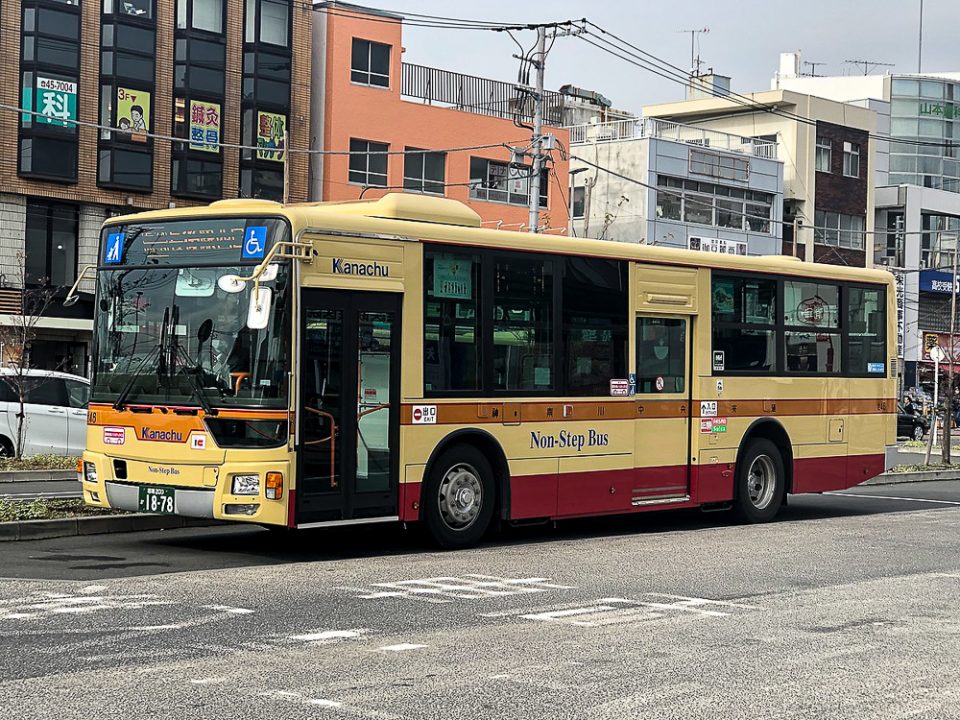Transportation Guide for Travel to Japan
Published by CamDarling on
Transportation in Japan can appear to be quite overwhelming for newly arrived tourists. I get it, I’ve lived it and successfully gotten lost in Japan on numerous occasions. Luckily there are always nice locals willing to help out a lost tourist. Hopefully with this guide you’ll have a better idea of how the train and buses work in Japan and what tickets, passes and apps are available to help you on your trip.
Japan is a densely populated country with it’s own customs and ways of doing things. Of course, there is no better example than the complex network of trains and subways. You can get anywhere on the train, often faster than driving or taking a taxi. First, you’ll want to look into the Japan Rail Pass and determine if it’s right for your trip, otherwise many more local train passes and tickets are available. For example, if you are only staying in Kyoto-Osaka, perhaps the Kansai Rail Pass will be enough. Next, you’ll want to read up on the train etiquette in Japan. Or don’t, and find yourself looking like a foolish tourist. If you have time but want a cheaper way to get around Japan, I recommend using the extensive network of local and long distance buses.
Japan Rail Pass
The first thing you’ll hear about transportation in Japan is the famous Shinkansen Bullet Train, and the second is the Japan Rail Pass. But I propose a third few people mention: The trains in Japan can take you almost anywhere, save for some remote islands. The entire country is accessible in one continuously connected train network. That’s why the Japan Rail Pass is such a big deal for tourists. It changes the way we can travel throughout Japan. You don’t have to pack up all your bags every two days because day trips to another city or destination are so quick and easy!
The Shinkansen and local train network completely transforms the way tourist experience Japan compared to nearly any other country in Asia. Travellers accustomed to long bus rides and overnight train rides will find that neither distance nor time are of a concern in Japan, only price!
Say you wanted to get from Hakodate in Hokkaido in the North of Japan, to Fukuoka in Kyushu in the South of Japan, how could you do that? It’s 1,760 Kms (1,050 mi)!
- Well you could fly for 3h 45 minutes for $360 USD.
- You could take the Shinkansen train for 11h 7 minutes for $377 USD.
- You could drive for 23h 30 minutes.
Well you’d obviously fly, it’s faster and cheaper. But what if you already paid for all your train rides in Japan? Well, that 11h ride is included. If you forget your wallet in Hokkaido, the return trip to pick it up is also included! That’s the power of the Japan Rail Pass.
How it Works
The Japan Rail Pass covers all your train rides on National Train Lines, see picture below. There are six branches of rail lines in Japan: JR Kyushu, JR Shikoku, JR West, JR Central, JR East and JR Hokkaido. Each one of these branches sell their own special discount passes that i’ll explain further down below.
The lines that connect them are the National lines. The rail pass has unlimited uses on the National lines. There is no balance being credited or coupon or X amount of uses. It’s completely unlimited. There is however, regular and Green seating. Green is premium and not included in the regular JR Rail Pass. For that you need the Green JR Rail Pass which is more expensive. Honestly, the trains in Japan are great quality, regular class seating is still better than anything you’ll find outside of Japan.
The pass also includes many small, rapid rail and local rail lines, any JR operated bus lines and some JR ferry services, like the one from the mainland to Miyajima Island. The pass includes the monorail to Haneda Airport and the Express train to Narita Airport in Tokyo.
Note that some super small regional train lines and subways or trams within a city like Tokyo, Hiroshima or Osaka are not included. Check under “Major JR Trains Running Through Non-JR Lines” here.
Picking up a Japan Rail Pass
You can buy a Japan Rail Pass Exchange Order online, have it delivered to your hotel or directly to you in your home country. Once you arrive in Japan, visit any of the JR Exchange Offices and use it to pick up the Official Japan Rail Pass. A clerk at the office in Japan will exchange the order for the official rail pass.
Note that the exchange order must be turned into the official rail pass within 90 days of purchase but you may specify the starting date of the Japan Rail Pass to be any day within the next 30 days when you are at the exchange office in Japan. It doesn’t have to start right away.
Then anytime you want to take the train, approach the glassed-in counter by the turnpike that separates the train platform from the rest of the station. Flash the employee your pass and they will buzz you through to get the train.
JR Rail Pass Pricing
The one thing you’ll often hear is that the Japan Rail Pass cannot be purchased once you are in Japan… I don’t believe this to be true but I have yet to confirm. I have friends inquiring on my behalf in Japan.
According to JapanRailPass.Net, which appears to be the official Japan Rail Pass website, it can be purchased in Japan at least until March 31st 2019 to tourists only.
The pass is intended to be used only by tourists so you’ll need to bring a non-Japan passport stamped with a tourist entry visa to the exchange office to purchase it in Japan. It is slightly cheaper in Japan than the quoted rates below for online. Note that children 6-11 have half-price tickets.
Now on the price. I’ve read a lot of blogs that simply ask “is it worth it?” and to that I answer: YES.
Japan is not a large country geographically true, but it’s an expensive country! I’ve spent upwards of $50 USD in a day just on trains getting from Osaka to Koyasan and back. With this pass, you no longer have to think about traveling Japan as going from city to city. In fact, you can stay with a friend, or in a city like Tokyo as your base and take a day trip to Osaka, Kyoto or Hiroshima!
It’s 2h 50 minutes from Osaka to Tokyo and 55 minutes from Hiroshima to Himeji on the Shinkasen. It’s fast travel in real life.
Wake up at the base of Mt. Fuji, grab a muffin, hop on the train in the morning, spend the day shopping in Akihabara and go to bed in Kyoto in Gion district, Kyoto near all the stunning Geishas. This pass changes the way you can travel in Japan from end to end.
Other Passes & Ticket Discounts
I mentioned there are other train passes available from each one of the six major JR branches. There is essentially a pass, re-loadable discount card, discount tickets and group tickets for every destination in Japan.
For example, there is a Mt. Fuji unlimited pass for a tour around the heritage area in Shizuoka. There is also a JR West Rail Pass and a Kansai Area ICOCA card that can be picked up in the Osaka Airport for tourists only. IC cards are available throughout Japan, you’ll find them much easier than trying to make exact change for every trip.
There are passes for nearly everywhere! Just know which JR zone the place you want to visit is located and look up their discount tickets. I can’t possibly list each pass but the buttons below will bring you to each zone website.
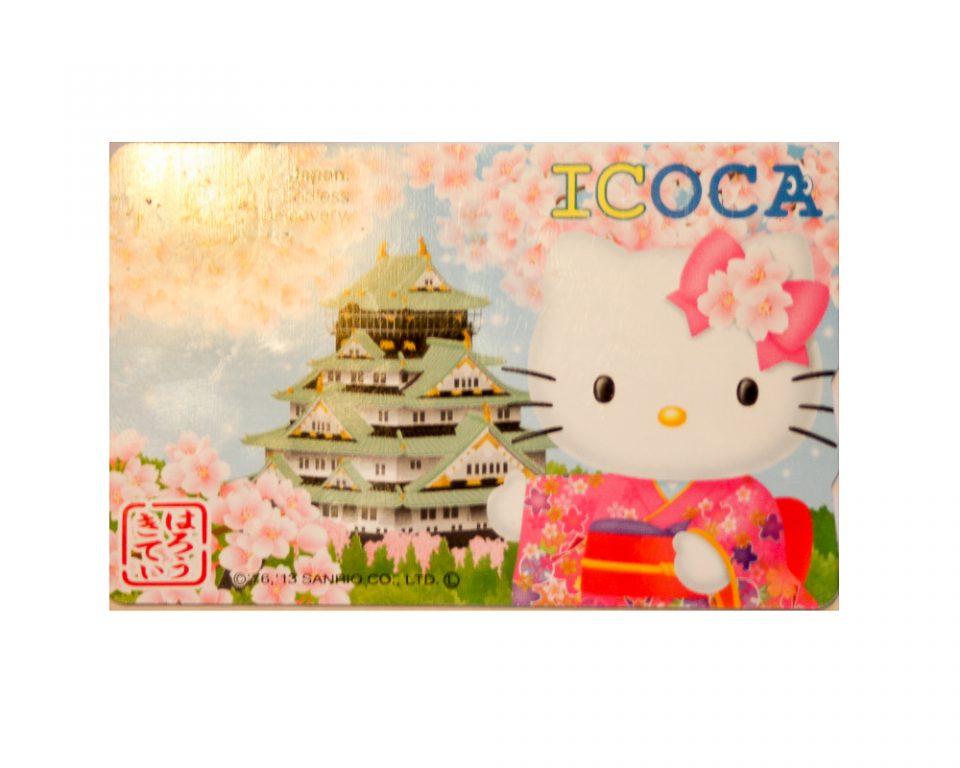
Japan Rail & Travel Apps
Japan Official Travel App is an all in one super App for tourists. It’s the Official App of the Japan National Tourist Organization which means it’s essentially guaranteed to have accurate info and be ad free.
Of all the apps to download for Japan, this is probably the best. The Ichiban App (No. 1 App). You can use it to find free Wi-Fi, restaurants, shops, ATMs, hospitals and even hotels. There is a section for traveler tips that includes links to discount tickets, useful apps and embassy information.
The best feature is the navigation that works offline and includes both a map of Japan, the subway maps and line by line instructions to reach your destination. You can even filter by Japan Rail Pass routes to fully utilize your JR Pass. It’s the ultimate transportation app for Japan and a great sidekick to the usual Google Maps.
- Price: Free
- Alternatives: Navitime Japan (iOS)
Another great app I liked for transportation is the Rail Map App for Japan. The app allows you to download all the rail line maps for one country (Japan) for free. A second country requires a subscription at $2.49/month.
Not expensive, but honestly the 1 free country is enough for Japan. It includes the rail maps for each region, downloaded individually. It requires an internet connection to load the train times, but not the maps themselves which are super handy to have on hand in a pinch.
The map isn’t as detailed as Google Maps or other Transit Apps but the simplicity is quite nice. Just pick a station and the app will load the four best routes available using the rail network in Japan. Of course, the price is listed for each route for both payment in Cash and the awesome IC cards.
- Price: 1st Country Free, then $2.49/month
- Alternatives: JR East Train App (iOS)
The Shinkansen High Speed Train
The fastest trains in the world belong to China, but that is a relatively new development. The bullet trains in Japan have been around since the 1960s when China was in the middle of the red revolution. In many ways, the word “Shinkansen” is synonymous with “Bullet Train” and advanced technology. At over 600 kph (375 mph), it’s fast. The maximum speed for passengers is a safer 320 kph (200 mph). There is a great BBC Documentary and Japanology Episode I recommend on the Shinkansen available on Youtube, and another great video made for a highschool assignment on the physics behind the Maglev bullet trains.
The current Shinkansen network covers Japan from the very north to Hakodate in Hokkaido, all the way to Kagoshima in southern Kyushu. The total network of lines is over 2,700 kms (1,700 mi) and growing. The construction on the remaining Hokkaido section will begin in 2031. Each year over 350 million passengers use the high speed trains, with over 10 billion passengers since the first one began operations in 1964 between Osaka and Tokyo.
In June of 2018 JR West revealed the new Hello Kitty Shinkansen which is horrifyingly Kawaii.
Taking the Train Etiquette
You’ll quickly notice that the Japanese have their own way of doing everyday things and it’s usually way more civilized. Take the escalator, even on the most crowded day you’ll see the local Japanese neatly queued up in a line on one side of the escalator. One side is the fast lane for walking and the other is the standing lane or slow lane. In Tokyo vs. Osaka, the sides for each lane is different. See this video for clarification. For most of Japan, the left side (Tokyo way) is the standing lane.
My point is that etiquette in Japan is heads and shoulders above everywhere else in the world. I’d go so far as to say Japan is the most civilized society in the world. Of course this extends to taking the train.
Here is a quick list of things to keep in mind when taking the train in Japan:
- Watch for Queuing Lines at the train station platform. There are usually marks on the platform where the train doors will be when the train arrives. The marks are there for people to queue in line. Some station use two lines, one on either side of the door, others just one. When the train arrives you won’t see any locals pushing into the train before the people inside have gotten off. The people coming out will walk in between the two lines of people waiting to get on. Only once the last person has exited the train will the people outside start getting in. Very civilized.
- For men, watch out for the WOMEN ONLY sections. The first two train cars are often for women only so I recommend queuing in a line near the center of the train platform. Although the regular sections will be extremely crowded, a man should wait the 3 minutes for the next train. Never board the women only ones, even if there is space to do so, you’ll make the local women very uncomfortable and it’s very disrespectful.
- Get used to the crowds. The trains in Osaka and Tokyo are famous for being overcrowded such that workers push people into the trains. Or use common sense and avoid the rush-hour times. Either way take off your backpacks and hold them in front of you. Be prepared to lose all personal space for a few stops if not longer. The Japanese are very clean and scent-free, so don’t wear any stinky cologne or perfume and be mindful of your odor.
- Japanese trains are typically noise free and almost silent. Do not take or make phone calls on the train, stick to texting if possible and put your phone on vibrate. Keep your voice low when talking with your friends and family. Again, due to the crowds it’s just good manners to be mindful of your noise.
- “Sumimasen” is the key phrase. Japanese say “excuse me – Sumimasen” to indicate that they need to squeeze by to get on or off the train. So get used to saying it often and loud enough to hear without being impolite. Su-mi-ma-sen. Learn Japanese 101 has a small language tutorial for taking the train.
- Japan has the oldest population in the world by a long shot. 25% of Japanese people are aged 65+ with areas like Osaka approaching 30% by 2030. So expect to be giving up your seat to an elderly citizen almost constantly. I noticed some of the locals, mostly young men pretend to be asleep so they don’t have to acknowledge the elderly person standing nearby, but that’s the exception, not the rule. The little lady in front of you may be well over 100 years old.
Taking the Long Distance Bus
There are long-distance daytime and overnight buses available in Japan. A few companies operate country wide while many others only locally. The best two resources for booking buses or looking up routes are Japan Bus Online and WillerExpress.
Tickets are usually cheaper but take much longer than trains. You can buy one-way, round-trip, booklets of tickets or unlimited passes. JBL Pass is a pass for all of Japan, covering 93 routes. The great part of the JBL pass is that the days are not counted as consecutive but rather “travel days”. Meaning a 3 day pass isn’t for 3 days in a row, but rather 3 days of travel, or 3-1 day rides within 30 days of the purchase date of the pass.
There is a major bus station in each city with all the city-city buses. So you can look up the tickets online and buy them at the station if that’s easier. Of course, like the trains, there are different regional passes, like the Kyushu Pass available at great prices. From my experience I wouldn’t worry about the buses selling out. I hurriedly made my way to the station to buy a ticket early to discover most of the bus to be empty save for a handful of people. This was from Fukuoka to Hiroshima, two large cities.
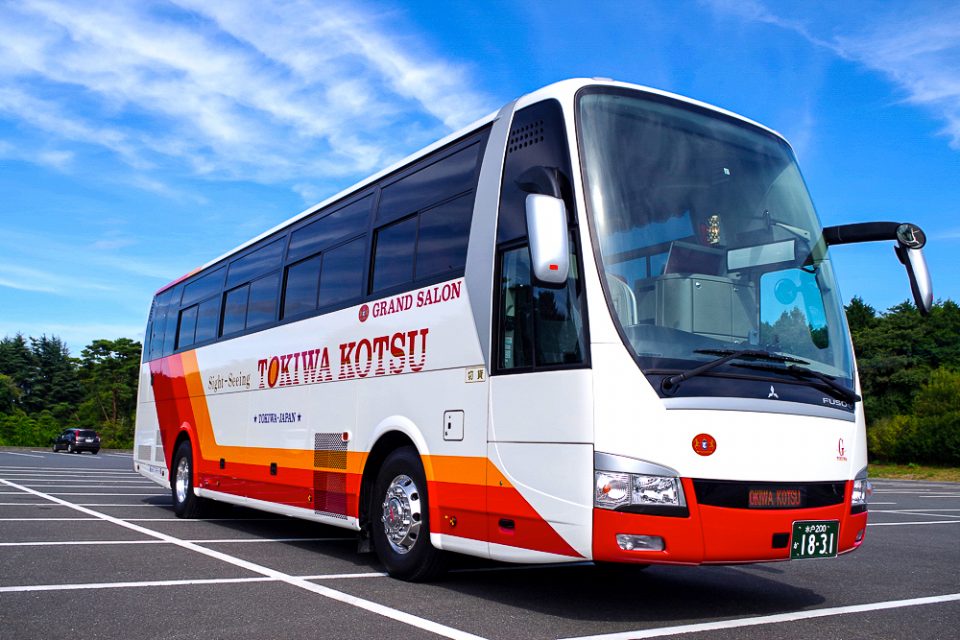
Taking Local Transit Buses
The local transit buses in Japan are even better than ours in North America. A bus is a bus, so it’s not the technology but the system they use that is far better.
- For starters, you enter the local bus through the back door, not the front.
- Next you grab a ticket with a number.
Then you look up at the screen at the front and find your ticket number to find out how much it costs once you disembark. - The screen updates for each stop. The further you go, the more expensive the trip.
- When getting off, make your way to the front of the bus to exit by the front door and drop your change in the box by the driver.
- Don’t have exact change? There is a change box at the front where you can break bills. Or, I’ve even seen bus attendants with change bags in the bus to help you.
- This is where the IC cards come in handy. If you have one, simply scan it when you enter the bus and again when you leave. The exact balance for the trip will be taken off your card. Easy.
Disclaimer: JRailPass is an affiliated partner, we make a small commission from bookings at no cost to you. It helps us publish more useful travel guides.
More Info for Japan
If you are still planning your trip to Japan, check out our List of Articles for Japan. They are based on my own travels in Japan and I also dive into some of the historical characters in feudal Japanese history and include some tips and ticket discounts.
For your pre-trip downtime, check out our List of Recommended Books, Movies and Podcasts! We are always adding more good stuff you might like.
Lastly, to make use of these apps in Japan, I recommend picking up a Prepaid SIM Card and downloading these Great Apps, especially the sushi and sake apps… that will help make your trip just a little easier and a lot yummier.
If you find this useful, follow us on Twitter and Instagram! We are always sharing great travel tips or pictures of cats. Also, please let us know if you like any other movies or documentaries!
